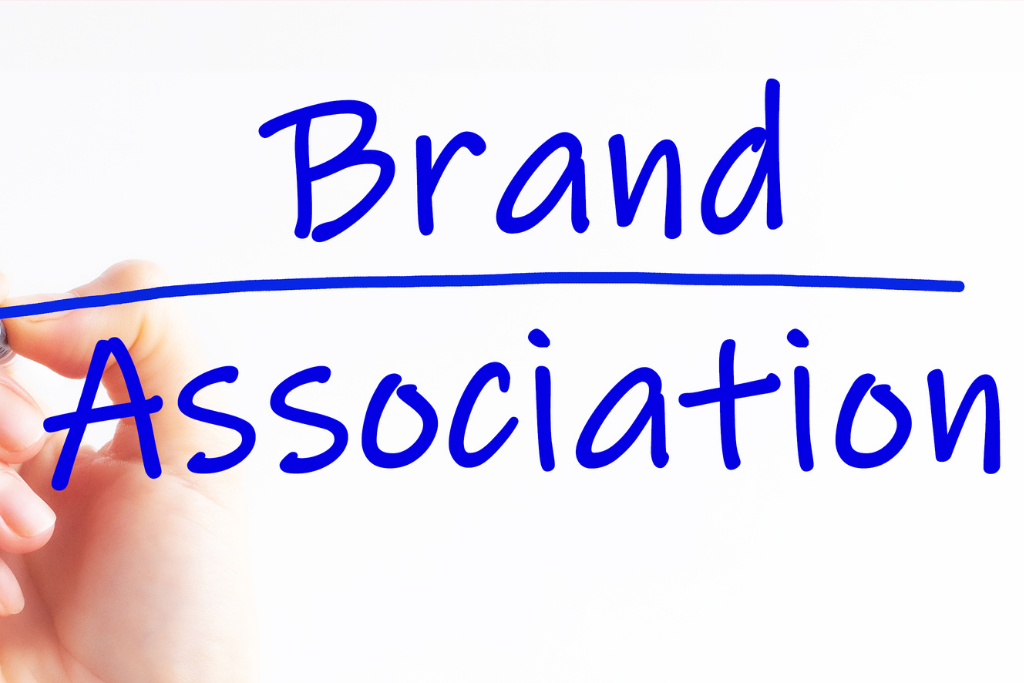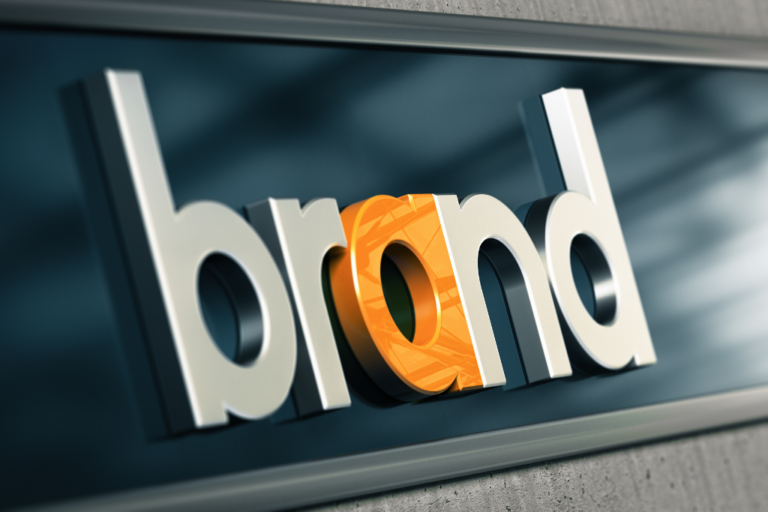How Do You Pick a Name for Your Business
Choosing a name for your business? A strong name should be simple, easy to spell and pronounce, and one that will work now and in the future. A company name is more than just words – it is a representation of your company and brand.
Why is the Name of a Business Important?
Your business name is often the first element of your brand that customers will encounter. When someone tells their friends or family about your products, they use your brand name. When repeat customers talk to a sales representative or look for your products with an online search, they use your brand name.
The process of naming is complex and before starting it, I would advise that you write down all the important information that will brighten your vision up. It’s you who decides the way the name should go, but when taking this decision, factors such as brand positioning on the market, the way it would be perceived by the target audience, and its flexibility need to be taken into consideration.
What Makes a Good Brand Name Good?
A great brand name is new, on-trend, industry-relevant, memorable, and untrademarked. The right name defines your company and is an invaluable marketing tool. You want to minimize friction when starting out, so you want people to have an easy time categorizing you. So to this end, you want to choose a name that clearly and simply describes your unique position. With a catchy, creative, and descriptive name, your business and brand will be memorable.
How Do You Create a Unique Name?
Naming can be one of the hardest parts of branding a business. Although the process of choosing a business name may seem simple at first, there are many factors that play into creating a successful one, so it helps to consider a few basic tips:
Target Group
A brand name is not strong enough until you’re sure it will appeal to your target audience and reflect their preferences. Thus, regardless of your branding preferences, there are certain rules to be applied when working on a name targeted at a specific target group. By target group, I am referring to a set of individuals sharing similar needs or characteristics that your company hopes to serve. These individuals are usually the end users most likely to purchase your products.
For better results, you must clearly define your target audience by creating a specific persona. Ask yourself these questions:
- How old is your target customer?
- Where do they congregate? Social Media?
- What is their pain-point/problem(s)?
- How can your products/services help solve their problems?
Having a name that resonates with your consumers can save you money since you won’t have to spend advertising dollars clarifying a muddled message. Such a name can also lift you above competitors, help you reach new markets, and open doors to further growth.
Research Your Competitors
This is somehow connected with the process of creating a marketing strategy, as competition analysis is a strong benchmark and a summary of branding trends in a nutshell. The aim is to get information about your competitors and create something similar but different. Put a twist to it and come up with something even better. If you want to succeed as a brand, you need to stand out and gain a competitive advantage.
Reflecting Brand Identity/Strategy
As awkward as it may feel, working on a branding strategy first before coming up with a brand name gives you an opportunity to clarify and simplify several aspects, such as a brand archetype.
Easy to Remember
There are common traits that make a brand name easier for you to use and easier for other people to remember. The right brand name needs to be tireless, easy to say, and remember or search online. If possible, use a brand name with specific words or sounds that trigger desirable impressions in a customer, such as relaxation, pride, or comfort. This is an ideal factor for referrals or word-of-mouth which can lead to more people opting for your business.
Keep it Tight – and global
It is very important to double-check the meaning of your brand name in other languages, especially if you have plans to evolve internationally and globally.
Make Sure You Have a Related Domain.
Before making the last decision on your brand name, you have to make sure it is available for a business name and in a URL address. You can do this at Name.com.
Popular Types of Brand Names
Descriptive Brand Names
As the name suggests descriptive brand names describe what is the product or service offered by the business.
One important way that descriptive names differ from others is that the person who sees or hears it once will know what the business is about rather than leaving them guessing. This makes it an ideal marketing tool.
Examples: Innocent Drinks, and Freederm.
Evocative Brand Names
Evocative brand names take a lateral leap and rise above the goods and services being offered, and paint a bigger picture through a symbolic value.
One important way that evocative names differ from others is that they evoke the positioning of a company or product, rather than describing a function or a direct experience.
Invented Brand Names
Invented brand names are made-up names. One important way that invented names differ from others is that Your name can be unique which can differentiate you from the other players in the market, giving you a competitive advantage.
Twitter, Kodak, Xerox, and Adidas are all great examples of invented names that have managed to build monumental brand equity over the years.
Acronym Brand Names
An acronym is a pronounceable word formed from the initial letters of a name(s) or words.
Many brand names are acronyms – but they do have meaning. One example is the famous brand IKEA. The Swedish furniture giant and noted charity take its name from founder Ingvar Kamprad’s initials conjoined with the first initial of the farm where Kamprad grew up, Elmtaryd, and the parish he calls home, Agunnaryd.
Another example is DHL, which stands for Dalsey Hillblom Lynn. Its name is derived from the initials of the last name of its founders; Adrian Dalsey, Larry Hillblom, and Robert Lynn.
As these two examples suggest, once an acronym becomes embedded in the language, most people forget – or never bother to learn – the underlying words.
Geographical Brand Names
Geographical brand names refer to brands that were named after the place from which a company originates.
Naming your brand after its home region obviously has inherent limitations (limit reach) and in a world where businesses can easily scale beyond borders may not be a good idea unless you only want to focus on a particular region.
After Founder Brand Names
As the name suggests, these brand names are named after their founders. For example, Dell was named after its founder, Michael Dell. The company changed its name from Dell Computer in 2003.
Another good example is that of Nestlé which was named after its founder, the German-born pharmacist Henri Nestlé, who launched in 1867 in Vevey, Switzerland.
Playful Brand Names
Playful brand names are often made-up words and names that have no direct reference to a company’s actual operations, though in some cases they are the misspelling of words. Although these brand names are fun and memorable, misspelled ones may lead to traffic loss (online) as some people searching for your website may lend to your competitors’. Additionally, they aren’t right for everyone or every industry so make sure you do proper research.
Examples of successful brands with playful/misspelled brand names are Reddit, Flickr, Tumblr.






![How to Increase Brand Awareness Successfully [Strategy] Innovative-Ways-to-Increase-Brand-Awareness](https://createandleave.com/wp-content/uploads/2020/08/brand-awareness.png)





